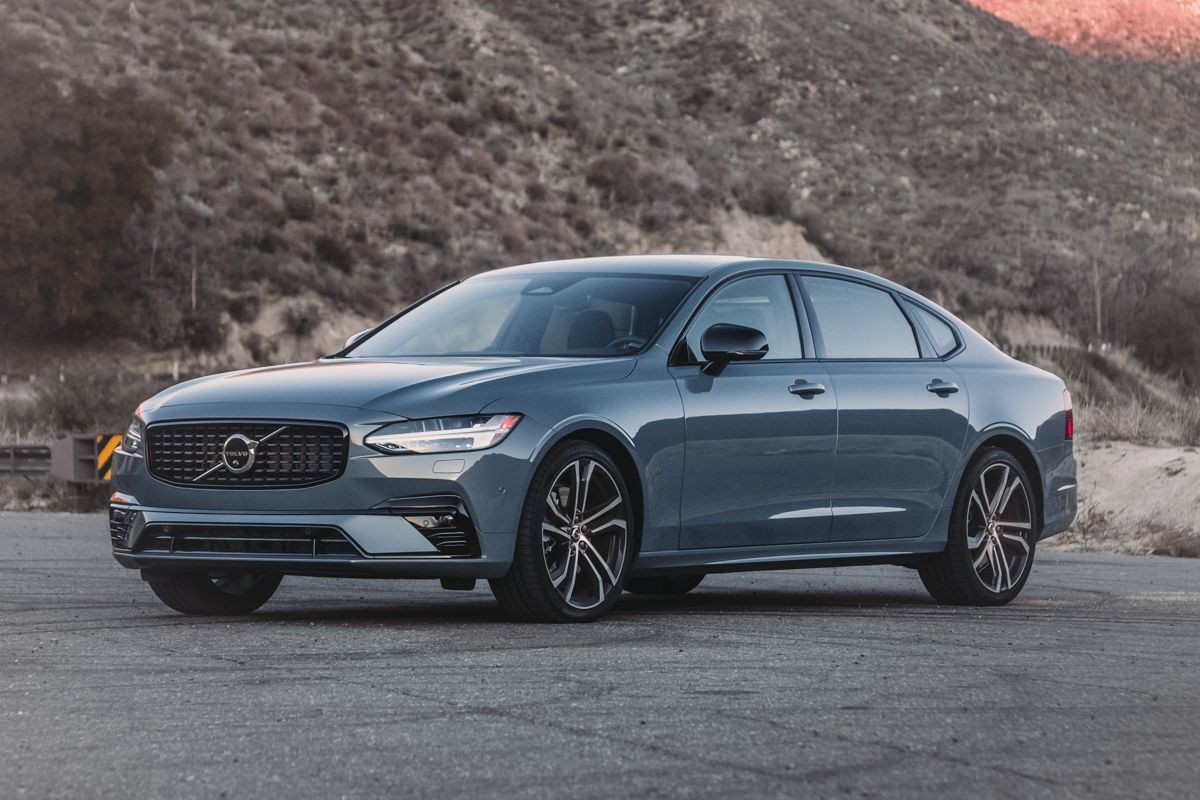In today’s interconnected world, the automotive industry operates on a global scale, with manufacturing and assembly plants strategically located across different countries. This intricate web of production is designed to optimize efficiency and cater to various markets. For Volvo, a brand synonymous with Swedish engineering and safety, the question of “Where Are Volvos Made?” reveals a fascinating story of international manufacturing and adaptation to global trade dynamics.
Historically, Volvo’s roots are firmly planted in Sweden. Iconic models were, and continue to be, produced in its home country. However, as Volvo expanded its reach and sought to serve a global customer base, its manufacturing footprint grew beyond Sweden’s borders. To understand where Volvos are made today, it’s essential to consider the impact of international trade and strategic business decisions that have shaped the company’s production locations.
 Volvo S90 sedan showcasing its elegant design. The S90 is manufactured in both China and Sweden depending on the intended market.
Volvo S90 sedan showcasing its elegant design. The S90 is manufactured in both China and Sweden depending on the intended market.
A significant shift in Volvo’s manufacturing strategy came with its expansion into China. Under the ownership of Geely, a Chinese automotive company, Volvo has established substantial production facilities in China. Models like the Volvo S90 sedan and the XC60 SUV are manufactured in Chinese factories. This move was initially aimed at leveraging the growing Chinese market and potentially using China as an export hub. In fact, Volvo was a pioneer in exporting vehicles made in China to the United States, starting with the XC60 in 2015. This was a landmark move, suggesting a potential pathway for global automotive trade.
However, geopolitical factors, specifically the escalating trade tensions between the United States and China, have prompted Volvo to reconsider its export strategies from China. Volvo CEO Hakan Samuelsson has publicly stated that exporting future models from China to the US and Europe is no longer a likely path due to these trade disputes. This decision reflects a broader industry trend where political relations and trade policies significantly impact manufacturing and distribution strategies.
In response to these challenges, Volvo has emphasized a strategy of “building where we sell.” This approach means prioritizing local production for major markets. For instance, while the S90 and XC60 are produced in China, they are also manufactured in Sweden to serve European and North American markets. Furthermore, Volvo has invested in a state-of-the-art production plant in South Carolina in the United States. This facility currently produces the Volvo S60 sedan and has the capacity to accommodate production of additional models, including Volvo’s popular SUVs, for the North American market.
This strategic distribution of manufacturing across Sweden, China, and the United States highlights Volvo’s adaptability in a dynamic global landscape. While Sweden remains a core production hub and the heart of Volvo’s identity, the company’s manufacturing locations are strategically diversified to navigate trade complexities and efficiently serve key markets. The answer to “where are Volvos made?” is therefore multifaceted, reflecting Volvo’s global vision and its commitment to producing vehicles close to its customers while adapting to the evolving geopolitical environment.
